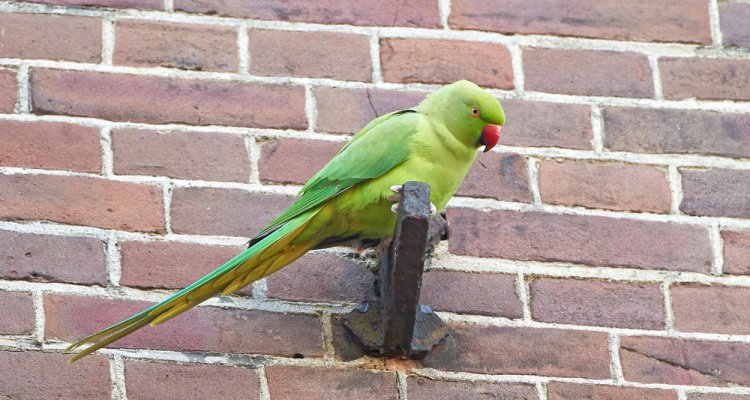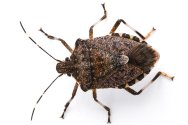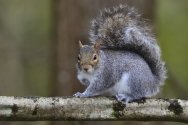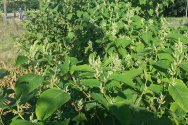
Dossier
Exotic species in the Netherlands
Exotic species, also known as alien or introduced species, are animals, plants, fungi or micro-organisms imported through human activity into an area where they do not originally occur, but where they proceed to thrive. Species which were introduced to the Netherlands before the year 1500, such as the rabbit, the pheasant and the mute swan, do not count and are considered indigenous.
Exotic species are sometimes introduced deliberately. An example is the multicoloured Asian ladybird, released in Europe 20 years ago to combat aphids. Pheasants and fallow deer were once released as hunting game. And every year hundreds of turtles and pond perch are released into Dutch watercourses when their owners have had enough of them.
But a lot of species get introduced by accident. Sometimes pets or ornamental animals escape from captivity, as did the Egyptian goose, the Pallas’s squirrel and the Italian crested newt. Marine creatures such as the Chinese mitten crab are brought in with ballast water from ships; the tiger mosquito hitches a ride on tropical plants. And since a canal was dug between the Rhine and Danube 20 years ago, fish species from the Danube watershed, such as the round goby and the money goby, have been able to reach our waters.
There is another category of newcomers that we do not count as exotic: species such as the great egret, whose habitat is shifting as a result of climate change. They are counted in the same category as the lynx, wildcat, wolf and perhaps the golden jackal: animals that settle here of their own accord.
Species monitoring through eDNA
With the help of environmental DNA (eDNA), researchers can demonstrate the presence of animal species, for example based on water samples.
Publications
-
The effect of transitioning from diesel to solar photovoltaic energy for irrigation tube wells on annual groundwater extraction in the lower Indus Basin, Pakistan
Journal of Agriculture and Food Research (2025), Volume: 20 - ISSN 2666-1543 -
Current status, challenges, and opportunities for sustainable crop production in Xinjiang
iScience (2025), Volume: 28, Issue: 4 - ISSN 2589-0042 -
Kans op invasief gedrag beoordeeld voor acht uitheemse, ‘toekomstbestendige’ boomsoorten
-
Biochar amendment modulates xylem ionic constituents and ABA signaling : Its implications in enhancing water-use efficiency of maize (Zea mays L.) under reduced irrigation regimes
Journal of Integrative Agriculture (2025), Volume: 24, Issue: 1 - ISSN 2095-3119 - p. 132-146. -
Correction to : Wildfires offset the increasing but spatially heterogeneous Arctic–boreal CO2 uptake (Nature Climate Change, (2025), 15, 2, (188-195), 10.1038/s41558-024-02234-5)
Nature Climate Change (2025), Volume: 15, Issue: 3 - ISSN 1758-678X - p. 335-335. -
Optimization of polysulfide in the biological desulfurization process
Wageningen University. Promotor(en): C.J.N. Buisman, K.J. Keesman, co-promotor(en): A.R. Mol - Wageningen: Wageningen University -
Food or cash? : Trade-offs between support for food and non-food agricultural production
Wageningen: Wageningen Social & Economic Research (Report / Wageningen Social & Economic Research 2025-057) -
Pro- and postbiotics in broiler feed : the matrix reassessed
Wageningen University. Promotor(en): W.H. Hendriks, M.H. Pinard-van der Laan, co-promotor(en): J. van Baal, A. Lammers, F. Calenge - Wageningen: Wageningen University -
Collaborating on agro-biodiversity : Professionalisation of farmer collectives for effective agri-environmental schemes
Wageningen University. Promotor(en): H.A.C. Runhaar, C.J.A.M. Termeer - Wageningen: Wageningen University -
Klimaat- en Waterrobuust Laag Nederland van nu naar 2050 : Een breed welvaartsperspectief op de Friese veenweidegebieden
Wageningen: Wageningen University & Research




